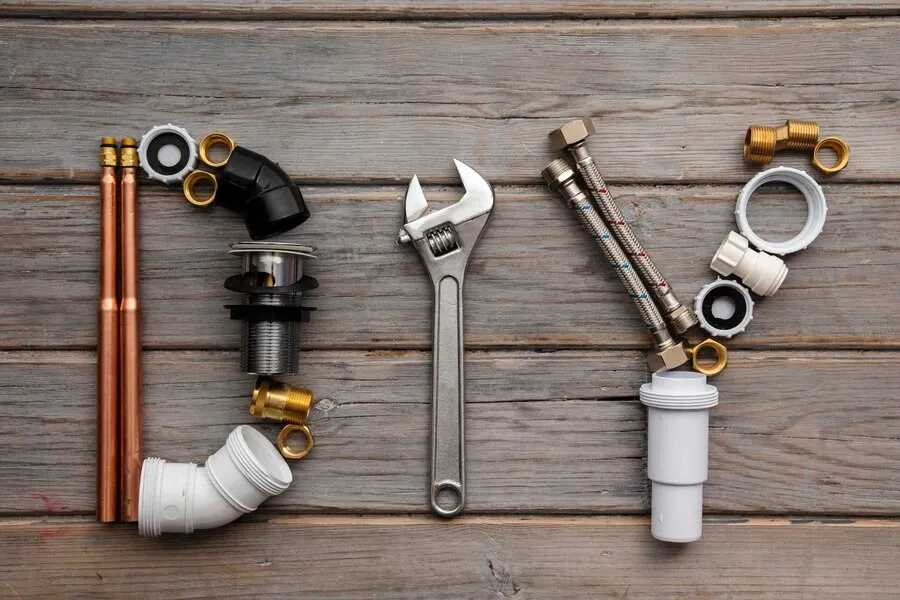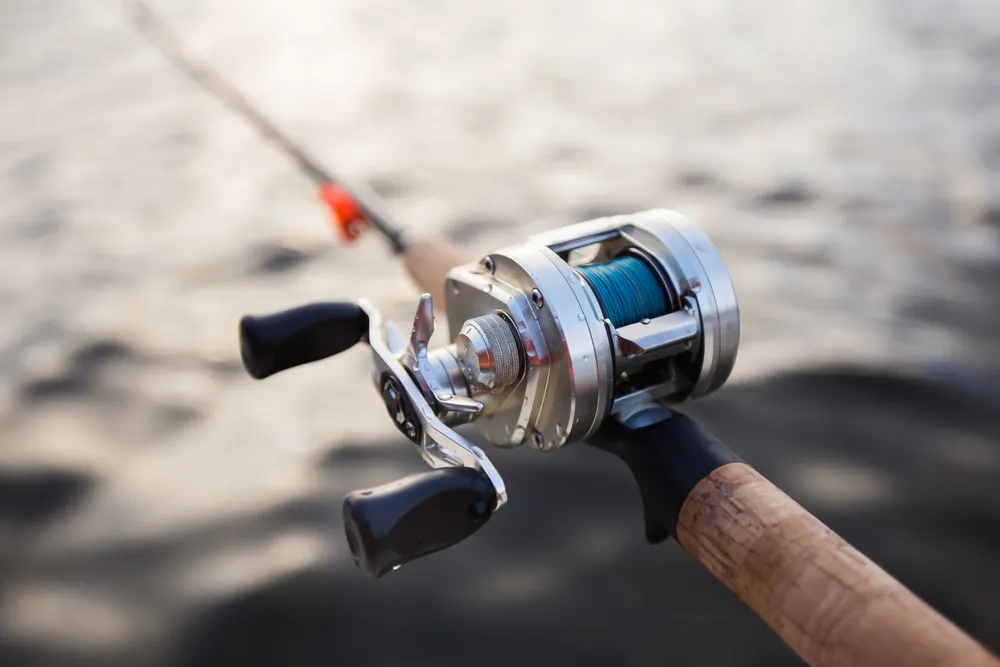Every homeowner should keep an essential collection of plumbing equipment on hand to tackle common problems that may develop. With the correct tools, you can avoid wasting time and money and aggravation fixing everything from little leaks to clogged drains. Knowing how to clear a clogged drain effectively with the right tools ensures you can address problems quickly before they become significant. This post outlines essential plumbing items and their proper usage to solve common issues like dripping faucets, clogged pipes, and malfunctioning fixtures, potentially avoiding professional plumbers.
The Basic Plumbing Tool Kit
A comprehensive plumbing tool kit doesn’t need to be expensive or extensive. Here are the essential tools you should have:
- Plunger
- Pipe Wrench
- Adjustable Wrench
- Plumber’s Tape
- Plumber’s Putty
- Pipe Snake
- Tube Cutter
- Basin Wrench
Each tool has a specific purpose and can be incredibly helpful in resolving everyday plumbing issues. Whether it’s a clogged sink or a leaky pipe, having the right tools at your disposal can make all the difference.
How to Use a Plunger Effectively
An essential item for any homeowner is the plunger. It’s crucial for unclogging showers, toilets, and sinks. Place the rubber cup over the drain for optimal results and ensure a seal occurs. Firmly press down, then abruptly lift upward. Repeat this motion multiple times to create a suction that removes the clog. Frequently, this method works well enough to clear basic clogs without chemical drain cleaners, which might damage your pipes.
Understanding the Pipe Wrench
A pipe wrench can tighten or loosen plumbing pipes. Because of its customizable grip, it is ideal for handling modern pipelines and fixtures. Make sure the serrated wrench jaws bite into the metal as you position the jaws around the pipe to obtain a firm hold. Use consistent force to rotate the wrench. This instrument can work on larger pipes, such as those in a home’s main water supply.
Using an Adjustable Wrench
An adjustable wrench is versatile and can be used on nuts and bolts. To use it, adjust the jaw size to fit the fastener firmly. Ensure it is tight to avoid slipping, which can damage the corners of the nut or bolt. This tool is convenient for tasks requiring slightly different-sized wrenches, as the adjustable head can easily accommodate various sizes.
Sealing Leaks with Plumber’s Tape
Plumbers’ or Teflon tape seals pipe threads to prevent leaks. To apply it, wrap the tape around the threaded end of a pipe in a clockwise direction. This ensures a tight seal when you connect the pipes. Using a plumber’s tape can eliminate small leaks and is a simple, effective solution for sealing joints in your plumbing system.
Using a Pipe Snake for Clogged Drains
A pipe snake, or an auger, is invaluable for learning clogged drains. Insert the snake into the drain and turn the handle to push the to l through the blockage. It will either break up the clog or pull it out. While this tool is highly effective for many types of clogs, it’s essential to use it gently to avoid damaging your pipes.
Cutting Pipes with a Tube Cutter
A clean cut through plastic and metal pipes is possible using a tube cutter. To operate it, encircle the pipe with the cutter and tighten the knob until the cutting wheel makes contact with the pipe. After rotating the cutter around the pipe and progressively tightening the knob, cut through the pipe. This instrument guarantees an exact and spotless cut without breaking the pipe, which makes it perfect for plumbing installations and maintenance.
Working in Tight Spaces with a Basin Wrench
A basin wrench is designed to tighten or loosen faucet nuts under sinks. Its long handle and pivoting jaw make it ideal for reaching tight spaces. Adjust the jaw to grip the nut and turn it counterclockwise to loosen or clockwise to tighten. This tool is handy when working in confined areas where traditional wrenches cannot fit.
Also Read: Troubleshooting Common Bathroom Plumbing Problems
Conclusion
You need to hire a professional to handle little problems with these necessary plumbing supplies. You can more efficiently maintain the plumbing system in your house if you know how to use them. While doing your plumbing might be satisfying, remember that some jobs require a professional plumber’s knowledge and skills. Always be aware of your limitations, and when faced with more complex or maybe dangerous repairs, don’t be afraid to call a professional.




